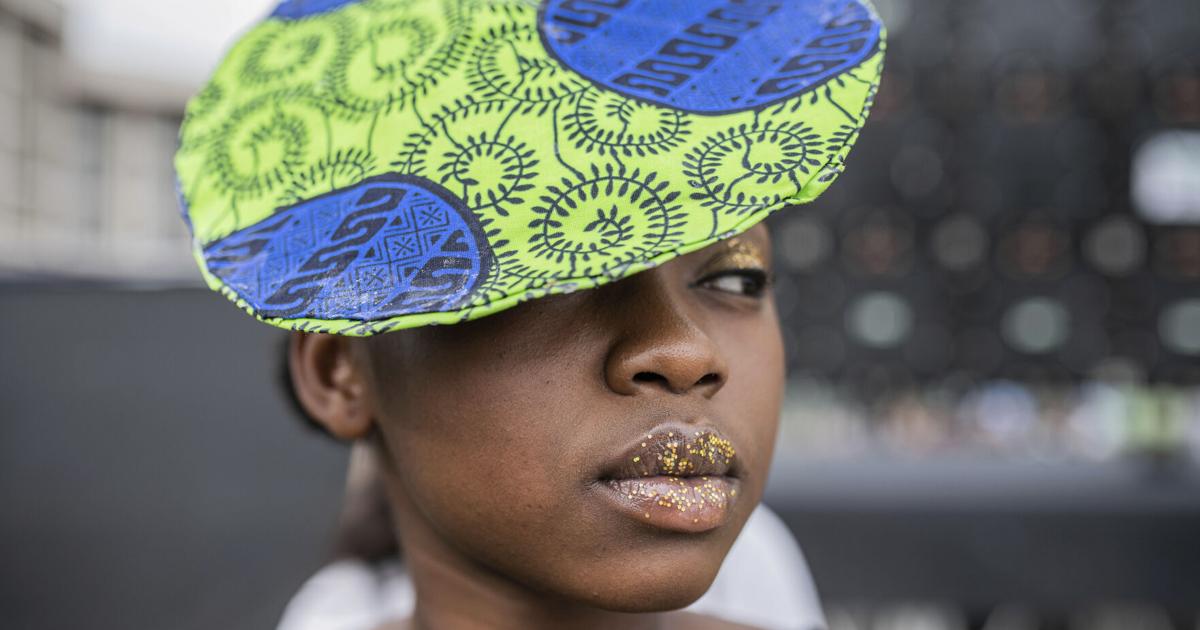Pioneering Black Women’s Collective: Catalyst for Toni Morrison, Alice Walker, and the Vanguard.

Back in 2004, when Courtney Thorsson was a graduate student, she came across a photograph that depicted some of the most notable American writers. It wasn’t a snapshot of Phillip Roth, Saul Bellow, and John Updike socializing with the Jonathans; instead, it featured Toni Morrison, June Jordan, Alice Walker, and Ntozake Shange sharing a moment of intimacy at the end of a Brooklyn party, where they enjoyed gumbo and Champagne. The smiles on their faces radiated pride, openness, and joy, marking the inception of what would later be known as the Sisterhood.
Refusing to let this photograph remain in obscurity, Thorsson, now an associate professor of English at the University of Oregon, embarked on a journey to uncover the story behind the image. Her latest book, “The Sisterhood,” delves into the sociocultural context of the 1970s, aiming to trace the paths of these authors who went on to reshape and elevate American literature in the subsequent decades. However, in her eagerness to emphasize the power of community, Thorsson sometimes frames the book more as a thesis in search of supporting evidence, rather than allowing the figures and their work to speak for themselves.
The Sisterhood, comprised of Black female writers, gathered monthly in the residences of its New York City-based members for collaborative discussions and mutual support in their creative endeavors. Initially initiated by June Jordan and Alice Walker, the group experienced rapid and organic growth, attracting women from diverse age groups and backgrounds. Although the gatherings resembled emotional consciousness-raising sessions, they also functioned as ambitious professional projects; members contributed dues, assisted each other in publishing their works, explored the possibility of launching a business and a literary periodical. However, this inspiring collective was relatively short-lived, flourishing with hope and determination from 1977 to 1978.
The remarkable camaraderie among this group of intellectuals is truly awe-inspiring to contemplate. When I shared this story with friends, one remarked, “This sounds like the plot of a movie,” and indeed, it does read like one: experienced professionals finding renewed vigor through the enthusiasm of young up-and-comers, all eager to transition from the secretarial pool to the prominent shelves of bookstores across America. More than 45 years later, the most poignant revelation about this collective is the profound appreciation its members held for each other. They experienced both triumphs and setbacks together.
Perhaps it was too good to be enduring; this transient assembly came together during a tumultuous period in American history and played a pivotal role in fostering a renaissance in African American literature. In the ensuing decade, Black women stepped into the forefront of American fiction, producing works like Walker’s “The Color Purple,” Morrison’s “Beloved,” Jordan’s “Passion,” Audre Lorde’s “Sister Outsider,” and many more. Walker, Morrison, and critic Margo Jefferson received Pulitzer Prizes, and other accolades included the National Book Award and, eventually, Morrison’s Nobel Prize.
While individual greatness can thrive independently, one must wonder whether as many of these women would have triumphed over the obstacles of racism, sexism, classism, and homophobia without the encouragement, shared resources, and emotional support of their peers. Thorsson acknowledges their exceptional personal accomplishments, but her book serves as a testament to the transformative power of collective collaboration.
Commencing with such remarkable individuals, one might envision various paths for this book. Initially, I assumed it would take the form of a collective biography, intricately weaving a portrait of a cultural moment and its significance. However, Thorsson straightforwardly states, “This is not a group biography, but my aim is to capture these pivotal moments in the intellectual lives of Black women writers.”
Nonetheless, a few prominent figures shine brightly: Morrison, Jordan, Walker, Shange, and Lorde. In the presence of these iconic figures, the supporting characters fade into obscurity. While I appreciate Thorsson’s inclination to deviate from the biography format in order to emphasize collective efforts, I do question the editorial choice to occupy the nebulous realm of general nonfiction when such vibrant individual stories are readily available.
Thorsson demonstrates her skill in establishing connections among the group members and elaborating on their collaborative efforts, but she tends to convey these connections through narration rather than direct illustration. For instance, she mentions that Walker and Jordan “exchanged letters about personal and professional matters for years before they established the group and were united by what Cheryl Walls calls ‘their lifelong quest for a redemptive art and politics.'” Instead of merely describing this exchange, why not provide excerpts from the letters or offer a more vivid depiction?
As it currently stands, readers yearn for more stories, anecdotes, and firsthand accounts from the perspective of the group members. Unfortunately, the book seems bogged down in repetitive and scholarly declarations of its thesis: that the cumulative influence of various collectives (not only the Sisterhood but also the Black Arts Movement and other Black organizations) equipped writers with the strategies and determination to reshape American culture. While grounded in this viewpoint, Thorsson appears reluctant to celebrate both individual accomplishments and the collective legacy. In her attempt to unravel her own internal struggle, Thorsson loses some of the book’s momentum.
Moreover, she occasionally relies on tenuous assumptions. For instance, she attributes the motivation behind a 1988 open letter protesting the lack of major awards for Morrison to a collective decision that “there could only be one highly successful Black writer at the time.” This interpretation seems oversimplified and lacks substantial evidence, contradicting Thorsson’s argument in favor of collective success.
Towards the end of her introduction, Thorsson acknowledges her role as a white scholar of Black literature, recognizing her responsibility to leverage her privilege, institutional connections, and literary expertise to encourage a wider readership for books by Black writers. Her aspiration is that her book can contribute to a deeper understanding of the remarkable achievements of these writers, the sacrifices they made, and the ongoing work required.
As a white critic addressing the same group of Black women, I too feel it’s important to acknowledge the limitations of my perspective. However, when shedding light on a forgotten moment in history, it’s crucial to acknowledge but not overshadow the intention to impose predetermined ideas.
Despite my reservations regarding her style and editorial choices, I am thankful to Thorsson for bringing the Sisterhood’s existence and collective contributions to the forefront. Instead of desiring a different book, one enriched by extensive research and elevated through narrative and a distinct voice, I encourage others to revisit (or explore for the first time) the remarkable works of the Sisterhood with a focus on their emphasis on kinship, collaboration, and individual achievements.


